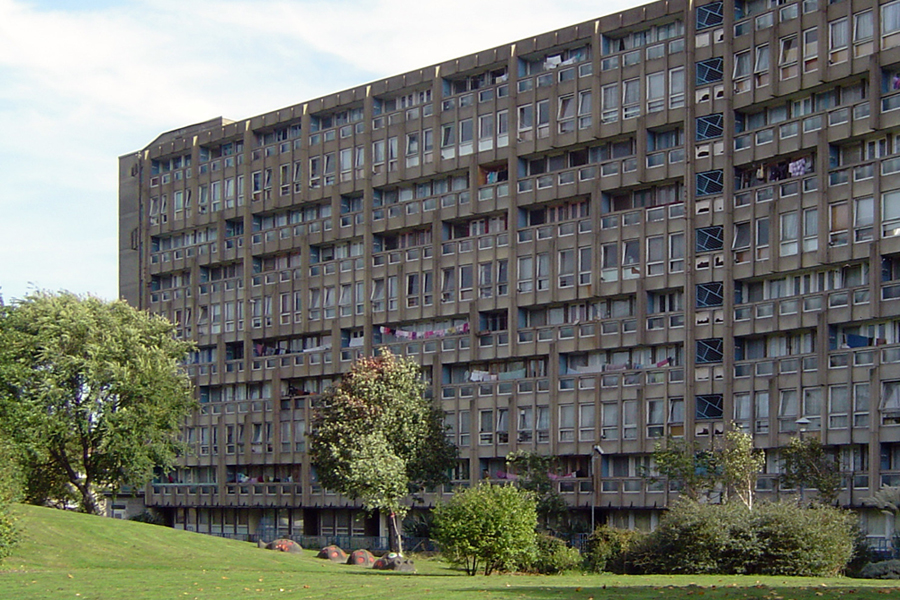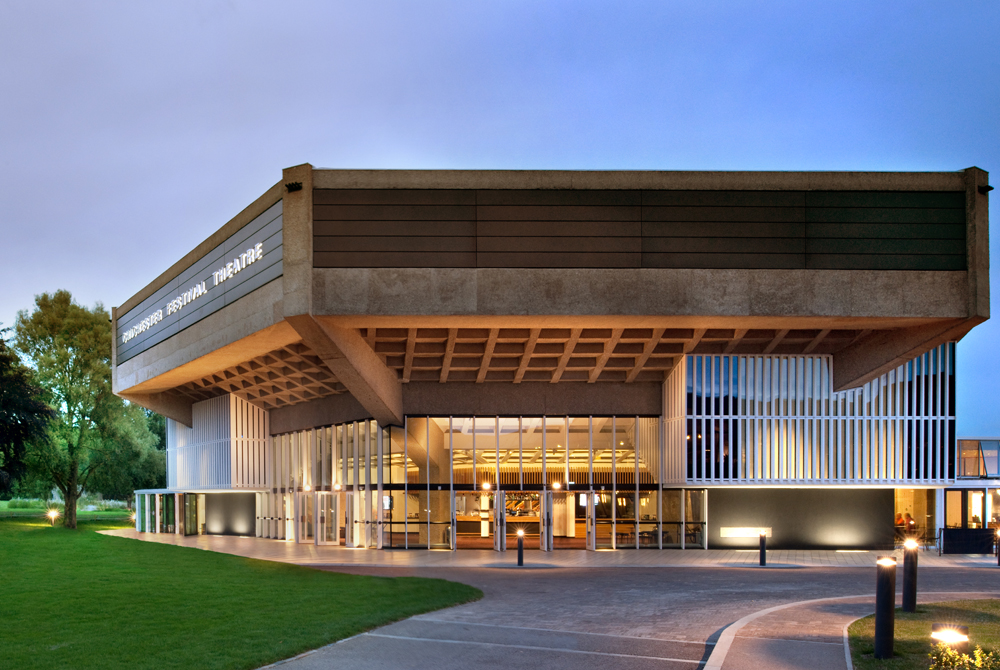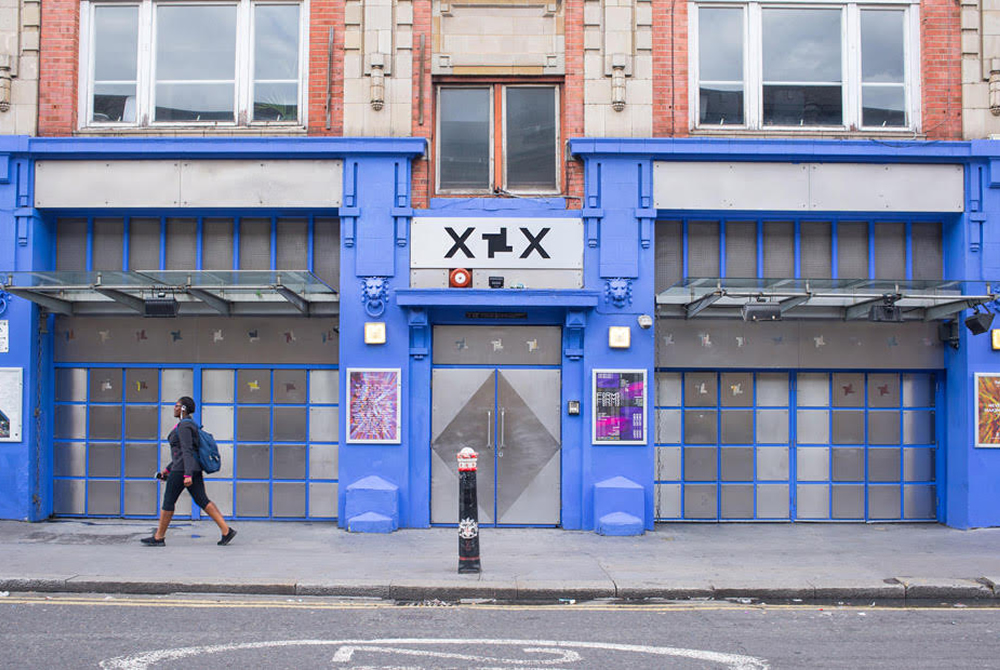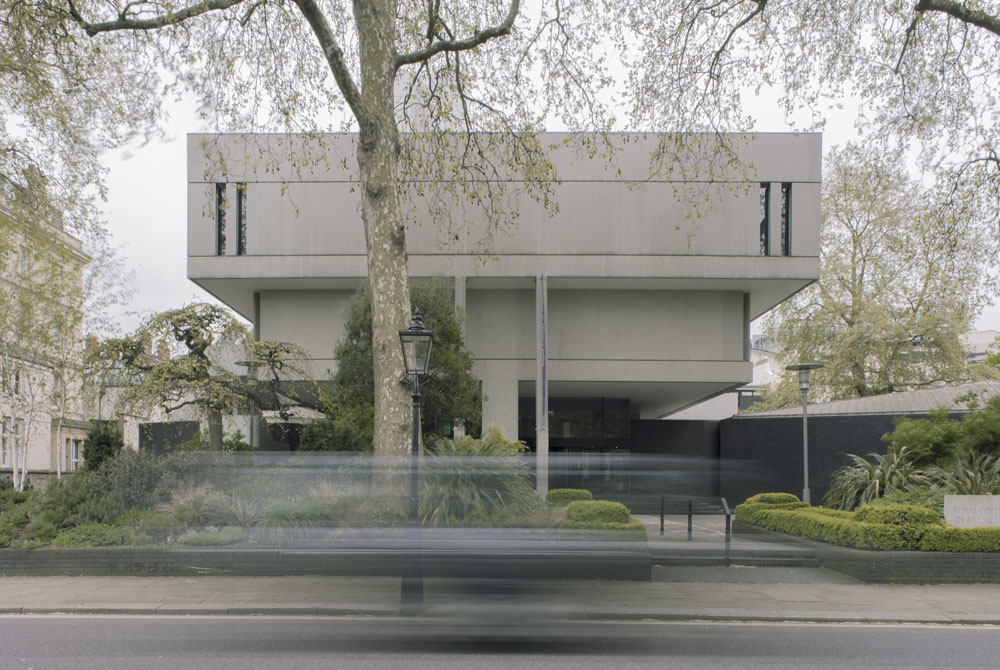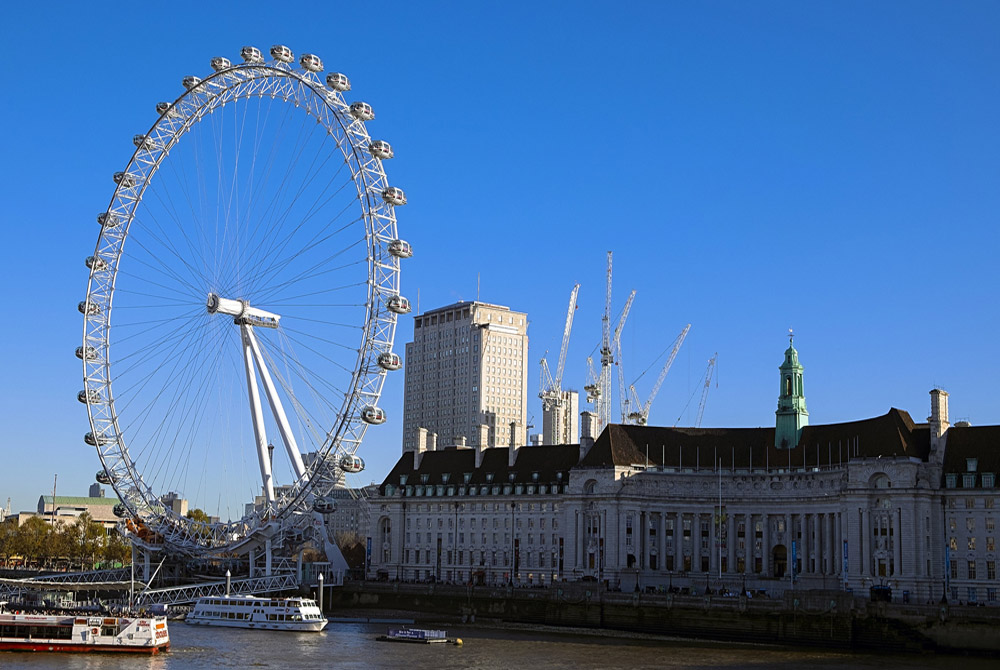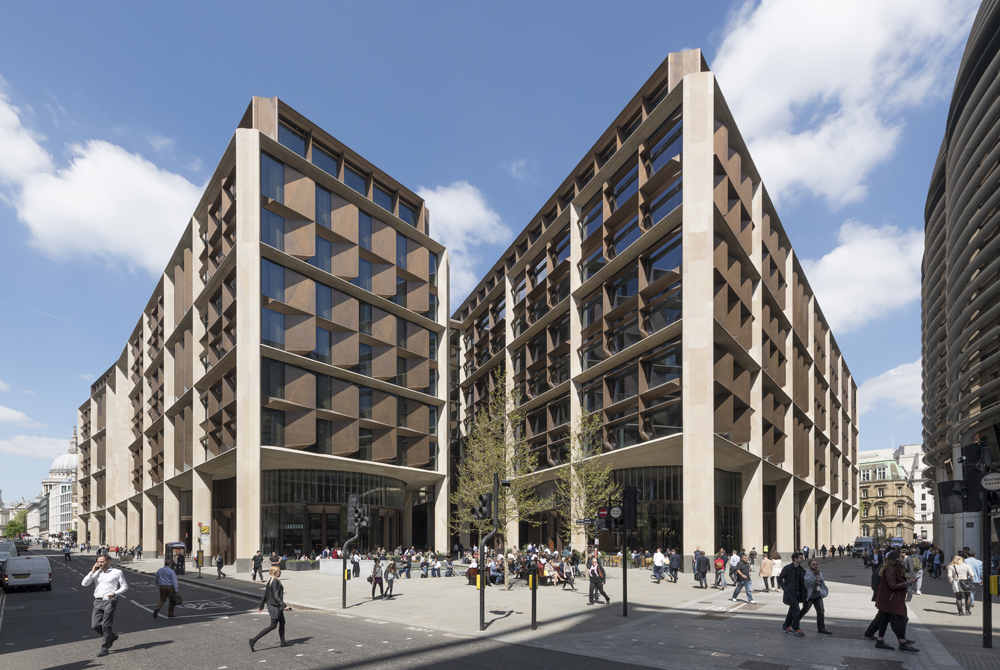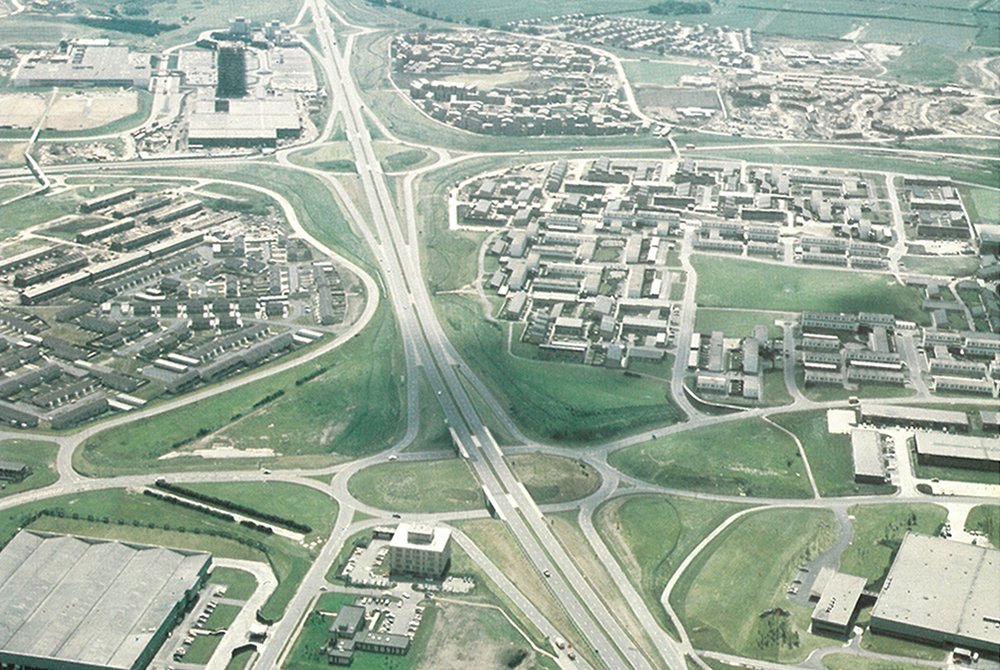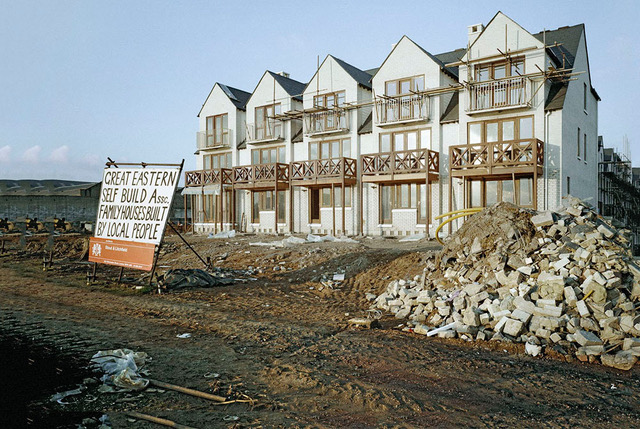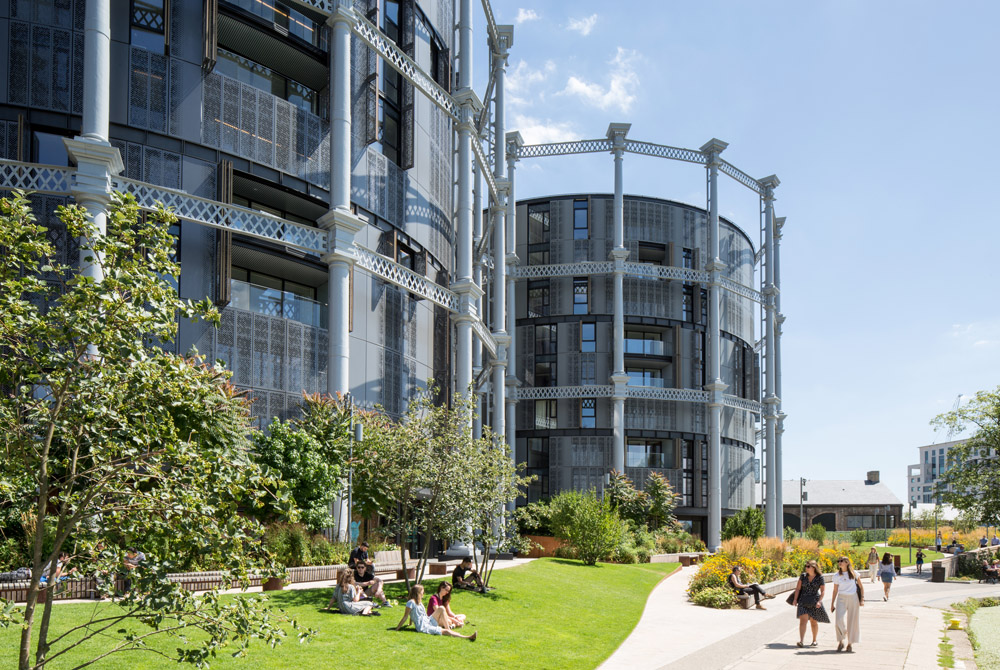Over the late spring of 2021 there was a quiet moment of reflection and celebration within the V&A East team as we installed the very first object in our Collection Centre on the Olympic Park in Stratford. It was a humbling moment to reflect upon the 280,000 objects and a thousand archives that are due to follow in finding their precisely allocated places in our exquisite new storehouse.
It is a Collection that tells the story of global craft and creativity. It includes one of the great bodies of lace and knitwear, 5000 years of ceramics and glass and exquisite jewellery and vast metalwork collections. We can tell the story of craft in ways that few other collections can – and then there are glorious examples of how craft skills have been combined to exquisite purpose, ornate carved ceilings from Moorish palaces, an exquisite 17th century inlaid Indian colonnade, epic woven theatre backdrops conceived for some the most celebrated theatrical and ballet productions of all time. More than a collection, or even a store, I have come to see it as a time-machine, a portal through which we might traverse history, geography, navigate disciplines, tradition, trace connective trajectories across the finest creative output of humankind.
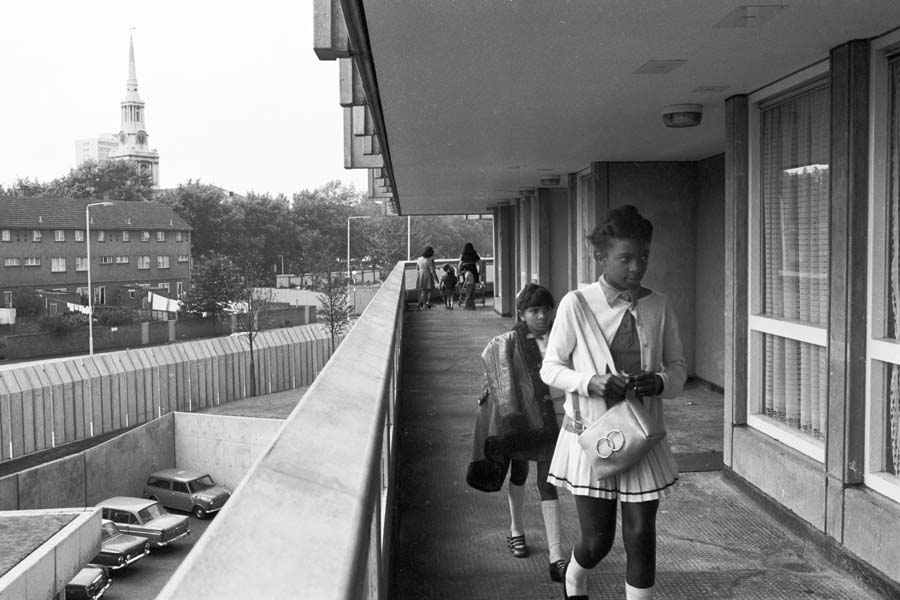 One of the ‘streets in the sky’ at Robin Hood Gardens © Sandra Lousada
One of the ‘streets in the sky’ at Robin Hood Gardens © Sandra Lousada
But the first object, perhaps fittingly was something with a truly
East London provenance: a huge chunk of the façade of Robin Hood Gardens: three floors extracted from the failing concrete fascia of one of the great proto-typical brutalist Seventies blocks of flats. Unlike the Molly Goddard dresses or the Magdalene Odundo pots that will follow, we had to crane this gigantic chunk of architecture into place, have it anchored upon the very superstructure of the building. After months of planning, discussing, testing, engineering and choreography, this magnificent thing found its place. And though this tradition of buildings has earned the label, ‘Brutalist’, though they were so often vandalised and criticized by communities that they were designed to serve, although their designs were considered to have failed on their own terms by some within the profession that created them, placed here within a museum context it is also possible to understand how the announcement of the intent to demolish Robin Hood Gardens inspired one of the most heartfelt campaigns in architectural preservation. But a decade ago, the application to give Robin Hood Gardens listed status was denied, demolition approved and its deconstruction began. It was only as a dying, prone beast that I came discover Robin Hood Gardens, to understand how what was perceived as something of an urban nightmare was originally conceived as a utopian dream. Its architects, Alison and Peter Smithson, sought to craft something of integrity and beauty.
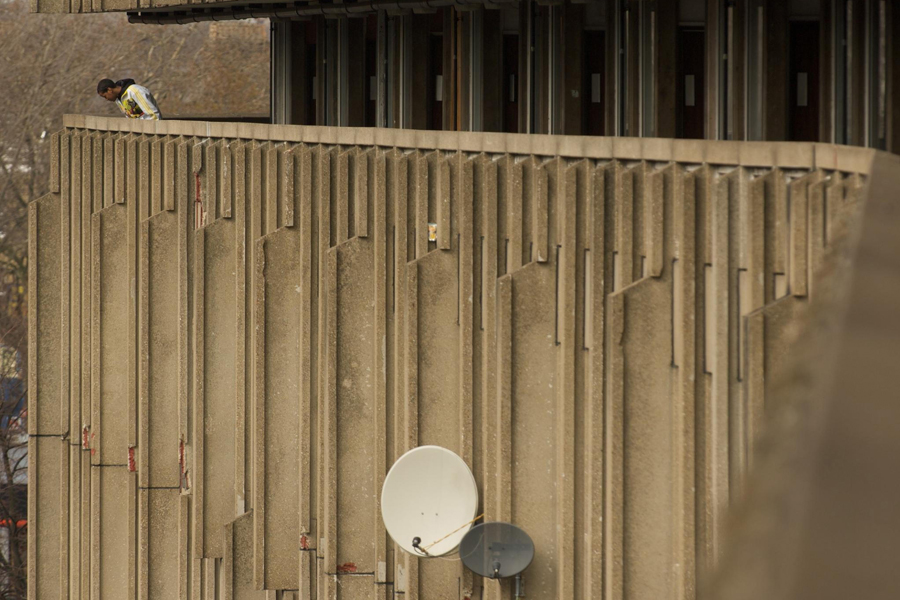 Another view of Robin Hood Gardens, showing some of the detail.
Another view of Robin Hood Gardens, showing some of the detail.
Watching those vast slices of concrete being carefully craned and lovingly finessed into place – dredged-up some fading memories from my own childhood. My first experiences of education unfolded at a small primary school in South London. It was one of those Victorian Schools with long dark corridors, desiccated parquet floors and enamel ceramic brickwork that exuded a creaky and patrician sensibility that felt in diametric opposition to creative individuality. I would long for the afternoon bell when I would be whisked by my childminder to her flat on the twelfth floor of a nearby council block; its gleaming, new, sleek, futuristic concrete surfaces were so sharp and clean that it was impossible not to fall in love. And it wasn’t just that you could see the South Downs from the kitchen window or the Post Office Tower from the balcony, it was that you could see a future in its possibility – a beautiful immaculately pared back future that might include the rest of us.
HG Wells constructed his Time Machine as a mechanism to ask questions about the terrible divisions in society – to conjecture if those seemingly timeless problems that constrained so many were a result of the limit of resources or the limitations of our humanity. He had grown up beneath stairs, spent his childhood like so many working- class families in darkness. His first memories were of basements, of his parents serving beneath stairs, their peers toiling in cellars, stores, mines, all out of site, below ground, so often away from daylight and fresh air. And he resented it, what basements and darkness represented, how they helped to acculturate feelings of difference and disadvantage. He grew up hankering after light and vistas and inspiration. He wanted to be able to climb up high and gaze out towards the horizon and dream. And although that dream of a high-rise utopia would not fulfil expectations, the aspiration to build platforms from which to dream persists.
My sincere wish is that in East London that we devise our own Time machine, that we will craft a vessel to nurture dreams, to occasionally convey young minds beyond constraints and convention to circumscribe mediocre expectation through contact with beauty. I hope that offered the tools to gaze out at distant horizons, to travel beyond the world mapped by established curricula, that our young will craft the beautiful futures that they deserve.
